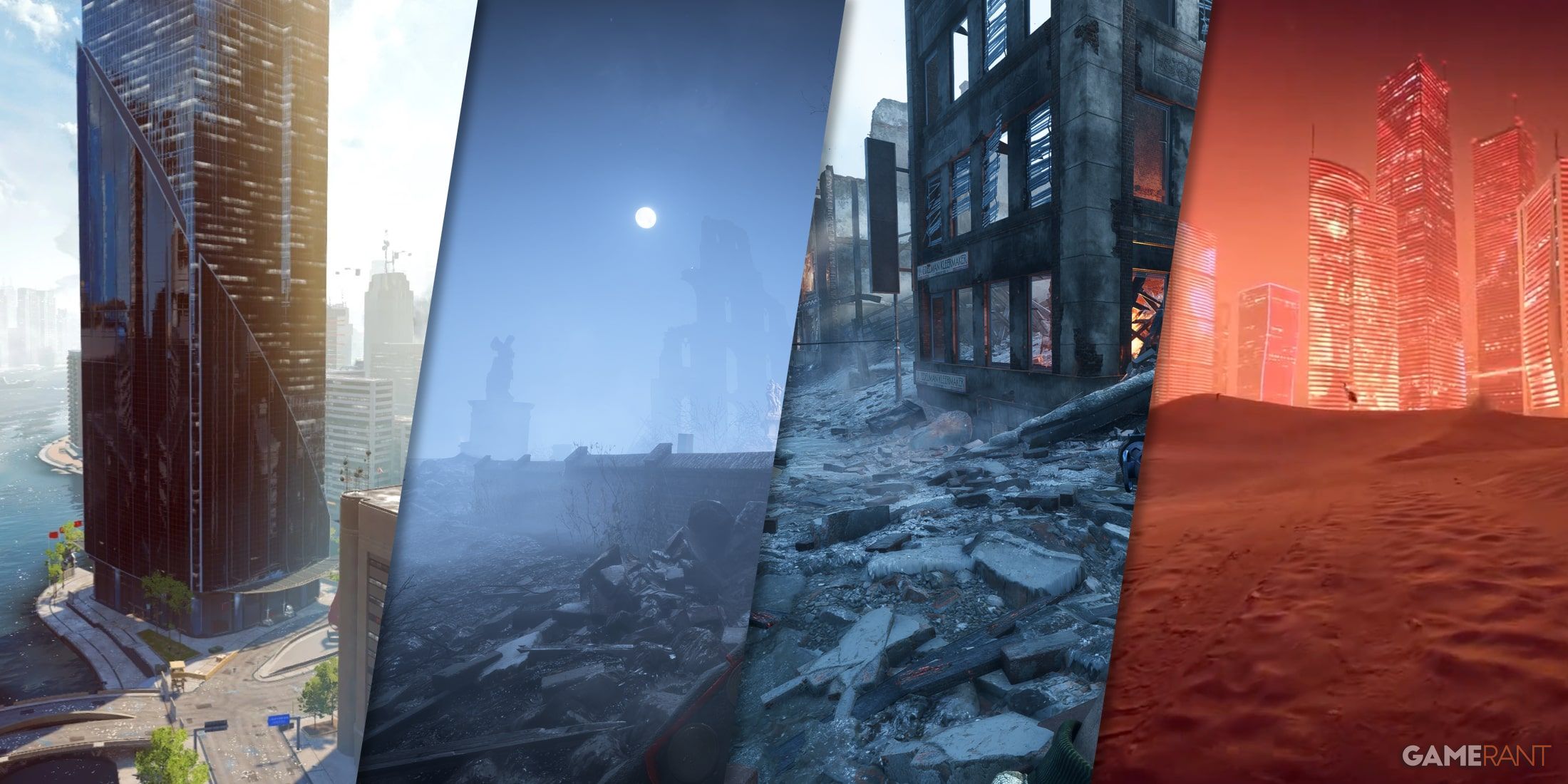
Battlefield has always been characterized by destruction since its inception. It submerges players in the tumultuous atmosphere of warfare, with developer DICE aiming to engage players through dynamic environments that seem alive and responsive to their actions. There’s an exhilarating moment when you pause to witness a skyscraper collapsing or seek refuge in a house crumbling under the impact of a tank’s fire.
Over time, the method of destroying elements within games has significantly evolved, and each new Battlefield title appears to have a distinct approach towards this feature. Recently, DICE has revealed some additional details about the direction for the upcoming game, emphasizing environments designed with extensive destruction capabilities. Interestingly, this wasn’t always the case in earlier versions of the series.
Battlefield’s Approach to Destruction Has Gone Through Many Evolutions
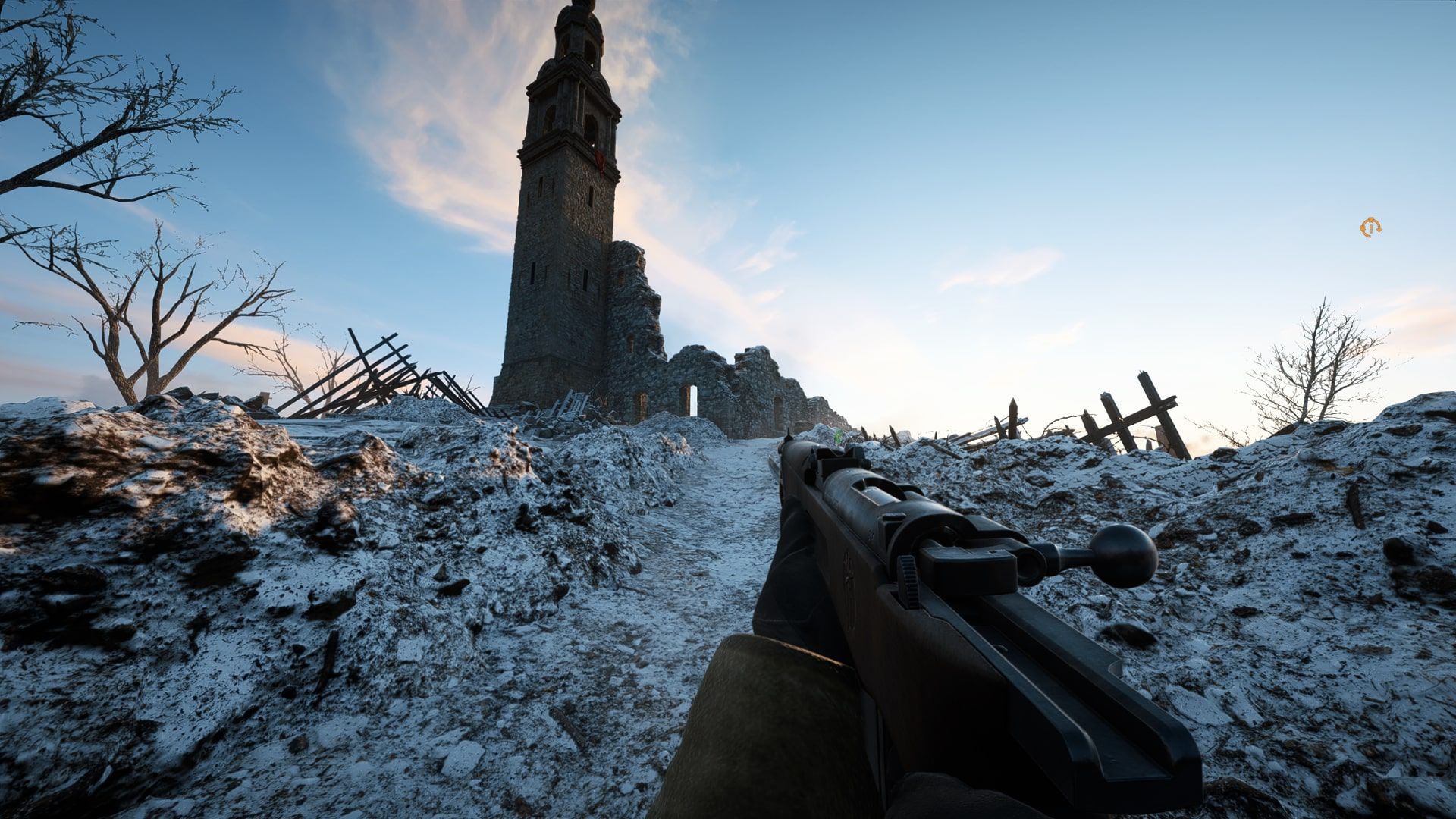

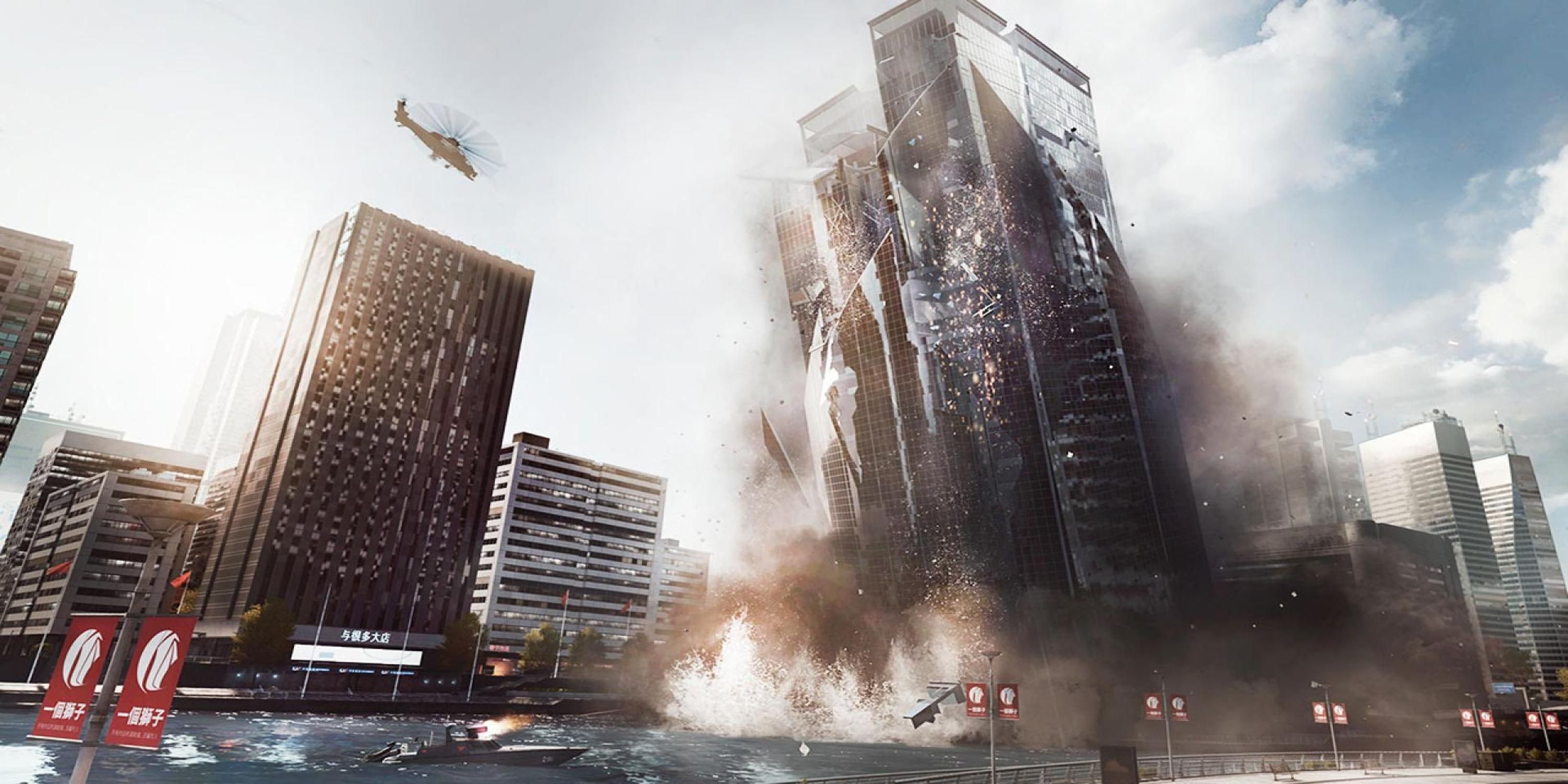
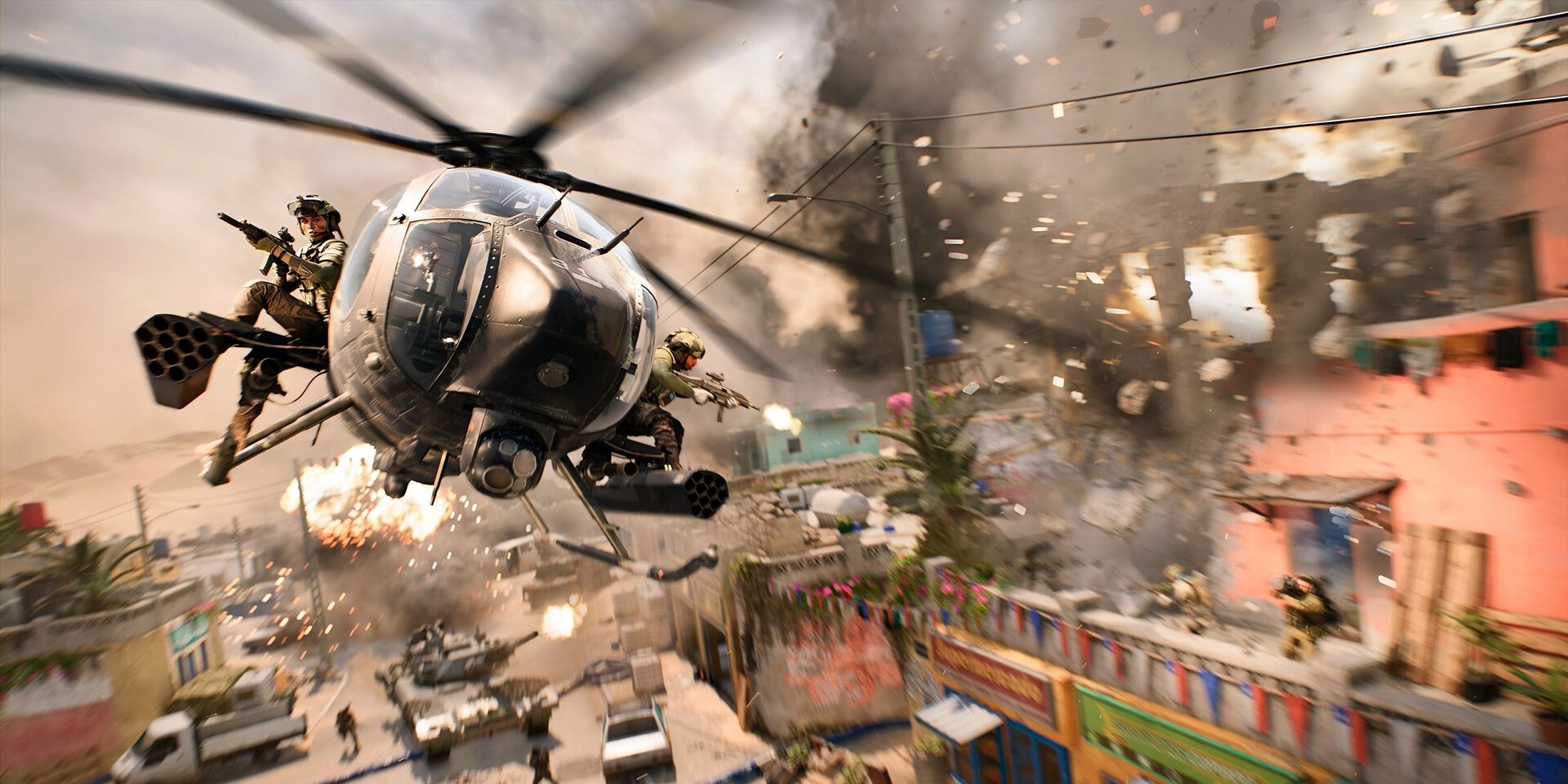
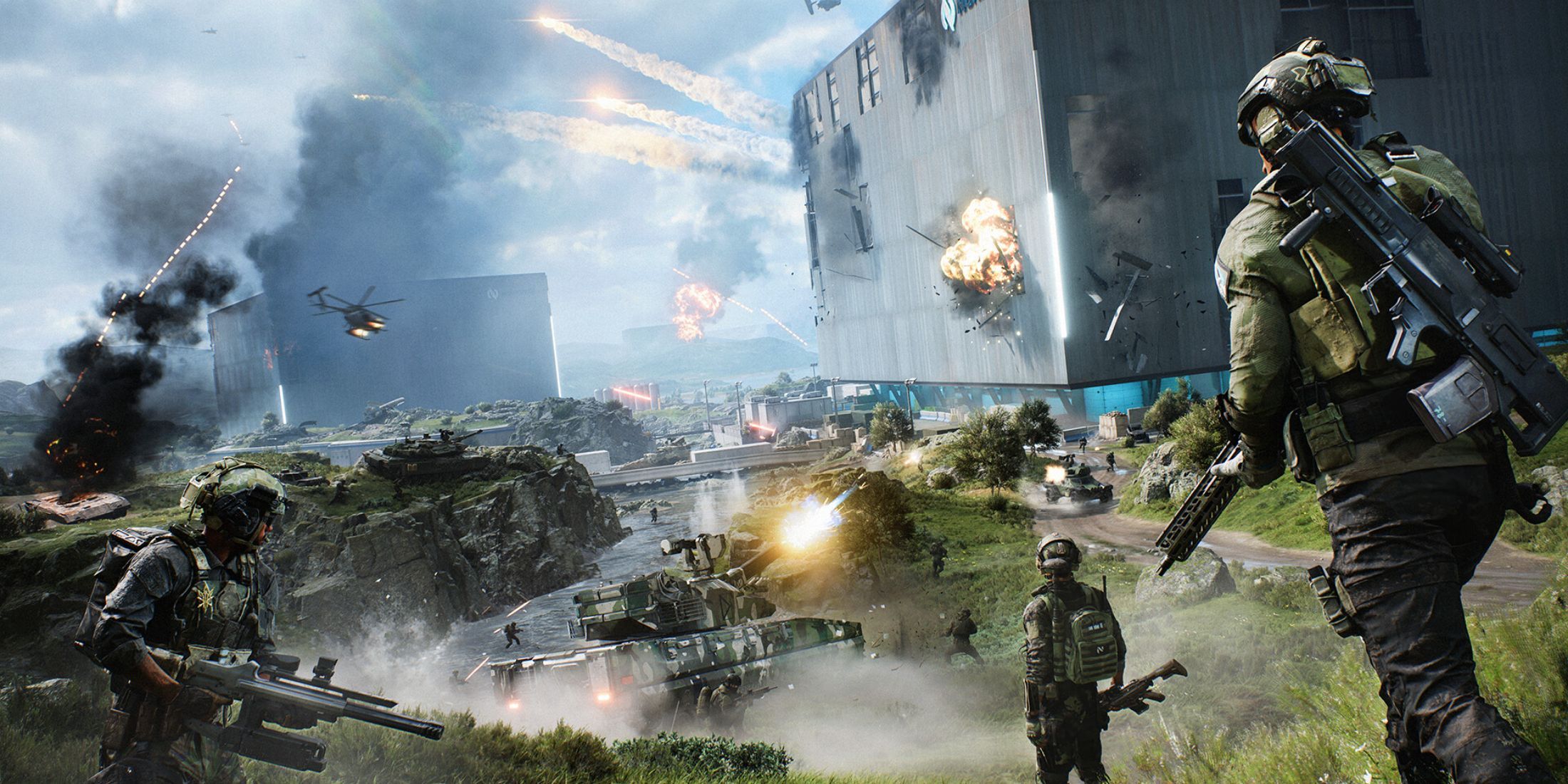
Over the past ten years or so, Battlefield games have shown a tendency for variety rather than consistency. The series frequently shifts settings, gameplay mechanics, and even the number of players involved, often abandoning one concept after only a brief period. A constant element in these games has been destruction, which adds a unique flavor to the action, but this too has taken different forms. Some titles focused on creating maps that could be flattened by the end of each match, while others limited destructibility to a few dramatic instances.
Many enthusiasts consider that Battlefield Bad Company 2 perfectly encapsulated what devastatingly destructible environments should be. Designed for the PS3 and Xbox 360, it demonstrated an outstanding level of spontaneous gameplay for a multiplayer shooter of its era. Unlike most games, Bad Company 2 had smaller maps, accommodating only 24 players at once, which enabled the game to concentrate on creating dynamic playgrounds for players to demolish. Destruction was intricate, with buildings frequently collapsible, even though they were seldom large. This made infantry combat incredibly thrilling, as a hut offering cover could collapse at any moment.
Battlefield 3 and 4 Aimed for More Scripted Destruction
In the transition of Battlefield to a more cinematic style with Battlefield 3, the degree of destructibility was somewhat limited compared to Battlefield: Bad Company 2. Fewer structures could be demolished extensively, with more emphasis on pre-scripted events like pipes dropping through floors in animated sequences. Additionally, the map selection of Battlefield 3 didn’t favor widespread destruction as tightly designed maps such as Operation Metro steered players towards chokepoints, reducing opportunities for massive demolition.
This feature carried over into Battlefield 4 (BF4), with DICE aiming to enhance the cinematic aspect using a concept called Levolution. However, the Levolution mechanic in BF4 was met with mixed reactions because while it resulted in some spectacular moments where massive destruction could dramatically alter the map layout, these changes didn’t always lead to improved gameplay. The goal of this feature was to provide players with an opportunity to drastically transform a match by modifying how maps functioned, and it definitely delivered on being visually stunning.
Instead, later map packs shifted their emphasis away from Levolution, with several servers prohibiting its use due to complaints that it negatively impacted gameplay on certain maps. Critics of Levolution maintained that it sometimes led to poorer play experiences. Nonetheless, there was an awe-inspiring quality in witnessing the collapse of the Siege of Shanghai skyscraper.
Battlefield 1 Limited Destruction From Map to Map
In Battlefield 1, the map layout wasn’t conducive to extensive destruction since they were typically expansive and flat with few urban areas offering interactive environments. Most maps featured only a few building facades and the occasional stone structure. Instead, the game emphasized the experience of intense trench combat by using terrain deformation to create craters across the landscape. Additionally, the Behemoths in Battlefield 1 added an element of destruction, as their burned frames could obstruct movement for tanks in certain areas.
Battlefield 5 and 2042 Tried to Incorporate More Destructible Objects
In a refreshing twist on Battlefield 1’s design, Battlefield 5 emphasized the role of destructible elements within its maps. By the end of a game, Narvik’s village would frequently be unrecognizable, with numerous buildings reduced to mere shells or lacking walls entirely. Although the game showcased advancements in smaller-scale settings, it fell short in reintroducing destruction as a key element. The ability to demolish bridges and strand vehicles was present, but the modest enhancements over Battlefield 1 left some players yearning for the more expansive destruction approach of Battlefield 4.
In the year 2042, I found a striking resemblance to the narrative, where demolishing walls opened up fresh avenues of combat. However, this concept seemed to be limited mainly to that aspect, as the rest of the game didn’t see much destruction like Battlefield 4’s Levolution. The maps in 2042 were centered around grand structures, but the destructive dynamism was noticeably absent. While Battlefield 2042 boasted a degree of map interactivity, DICE’s vision failed to captivate many gamers like its predecessor did for me.
Battlefield 6 Could Be Making Bold Changes to Destruction
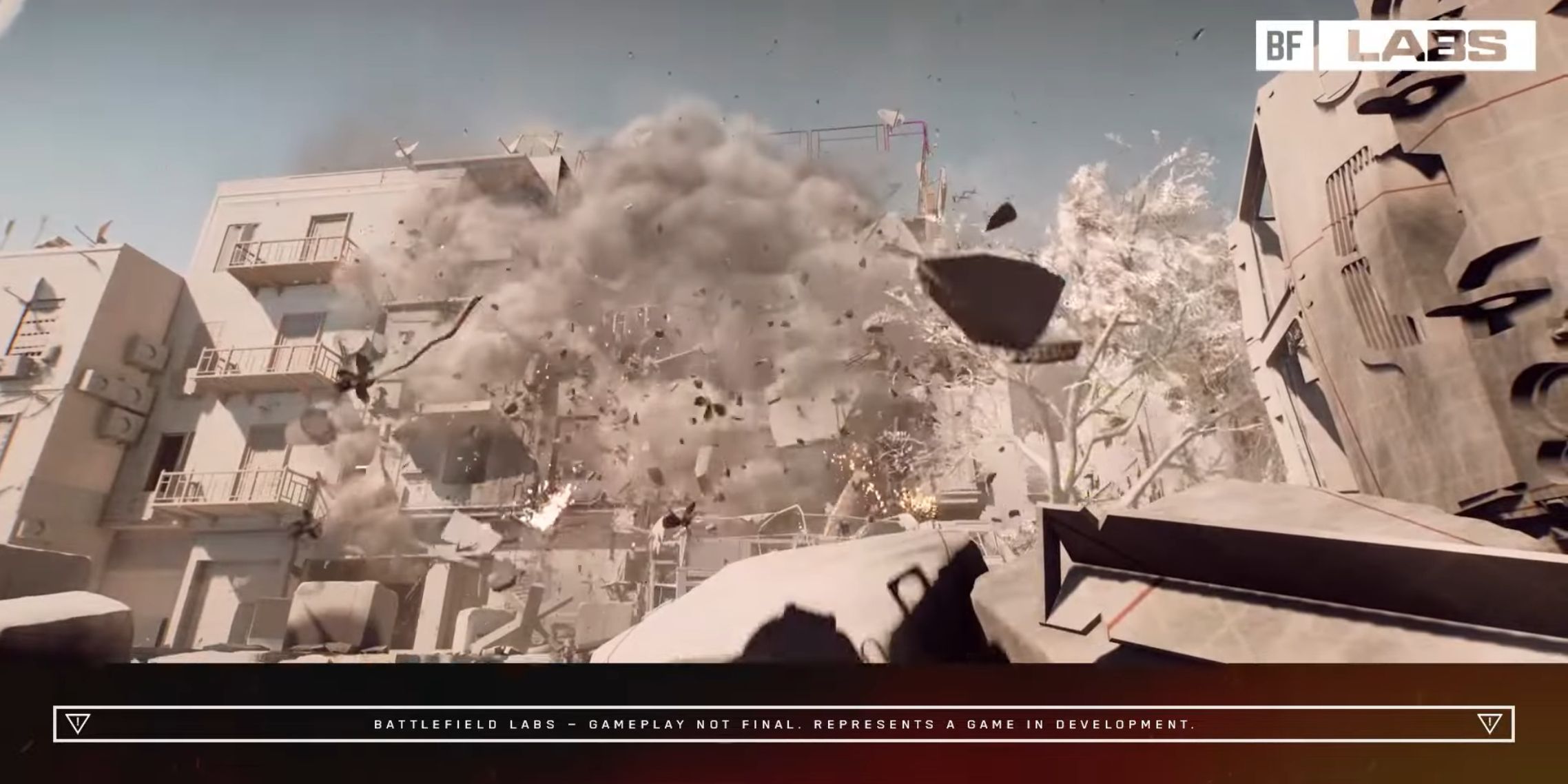
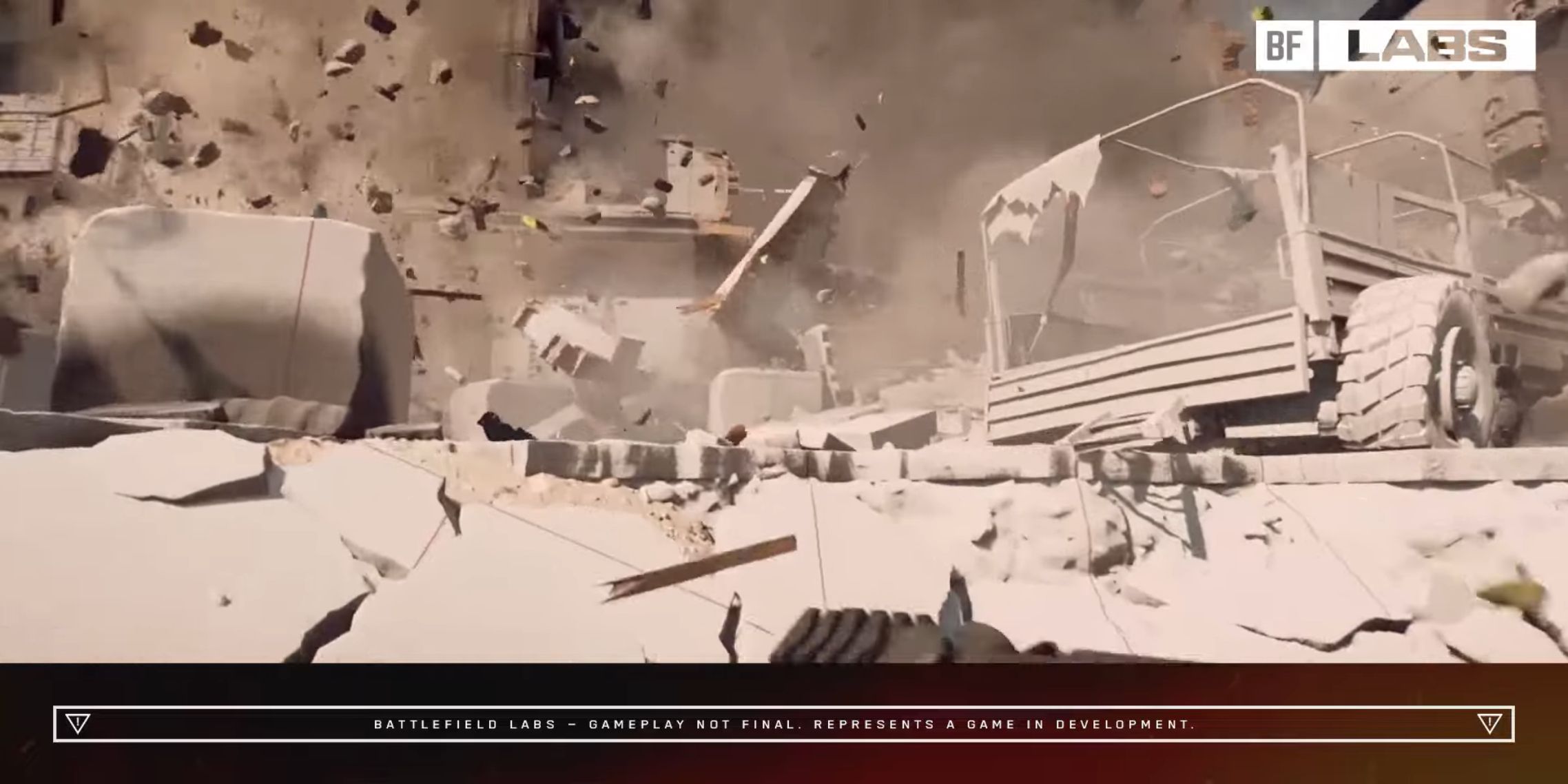
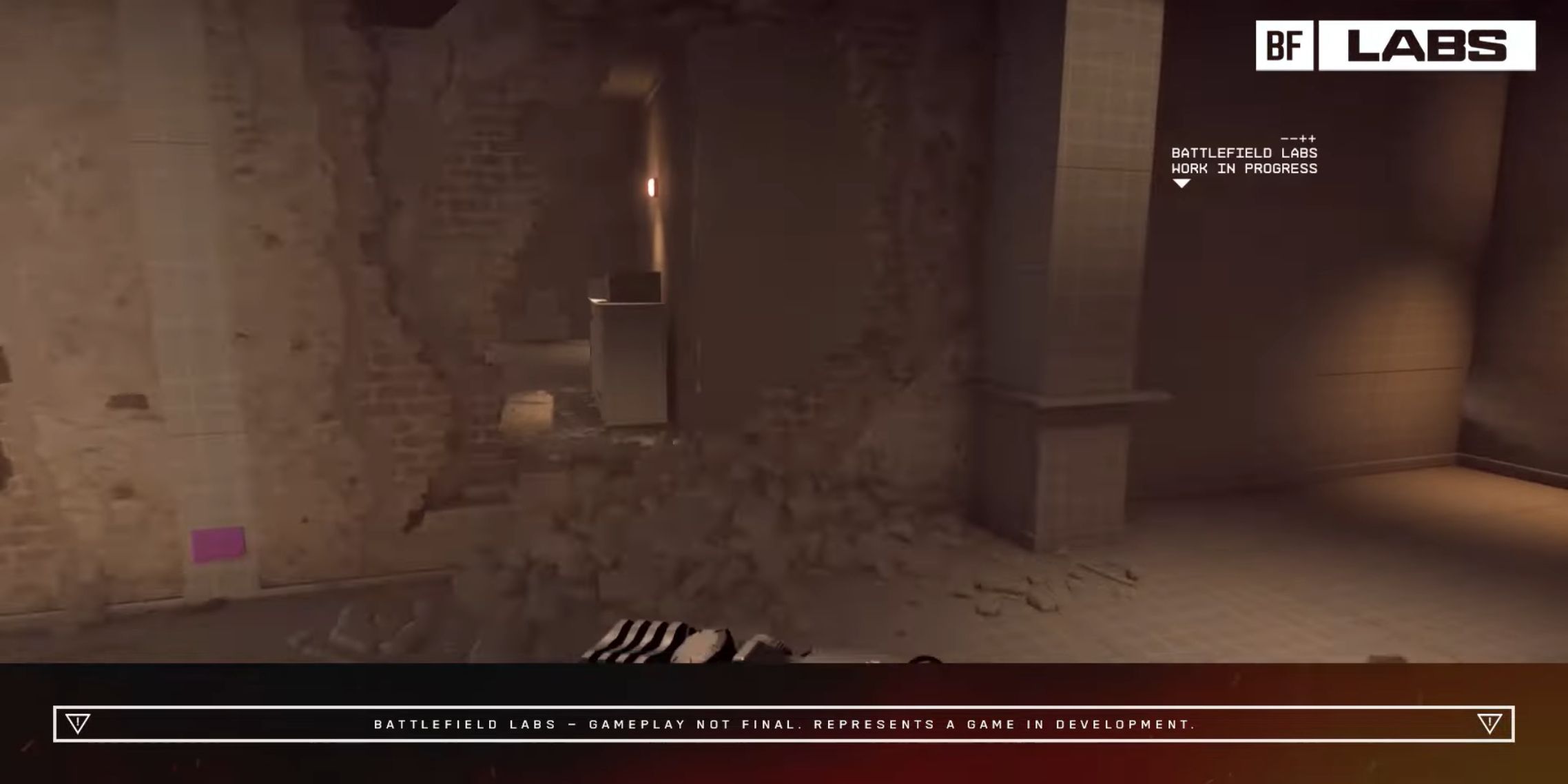
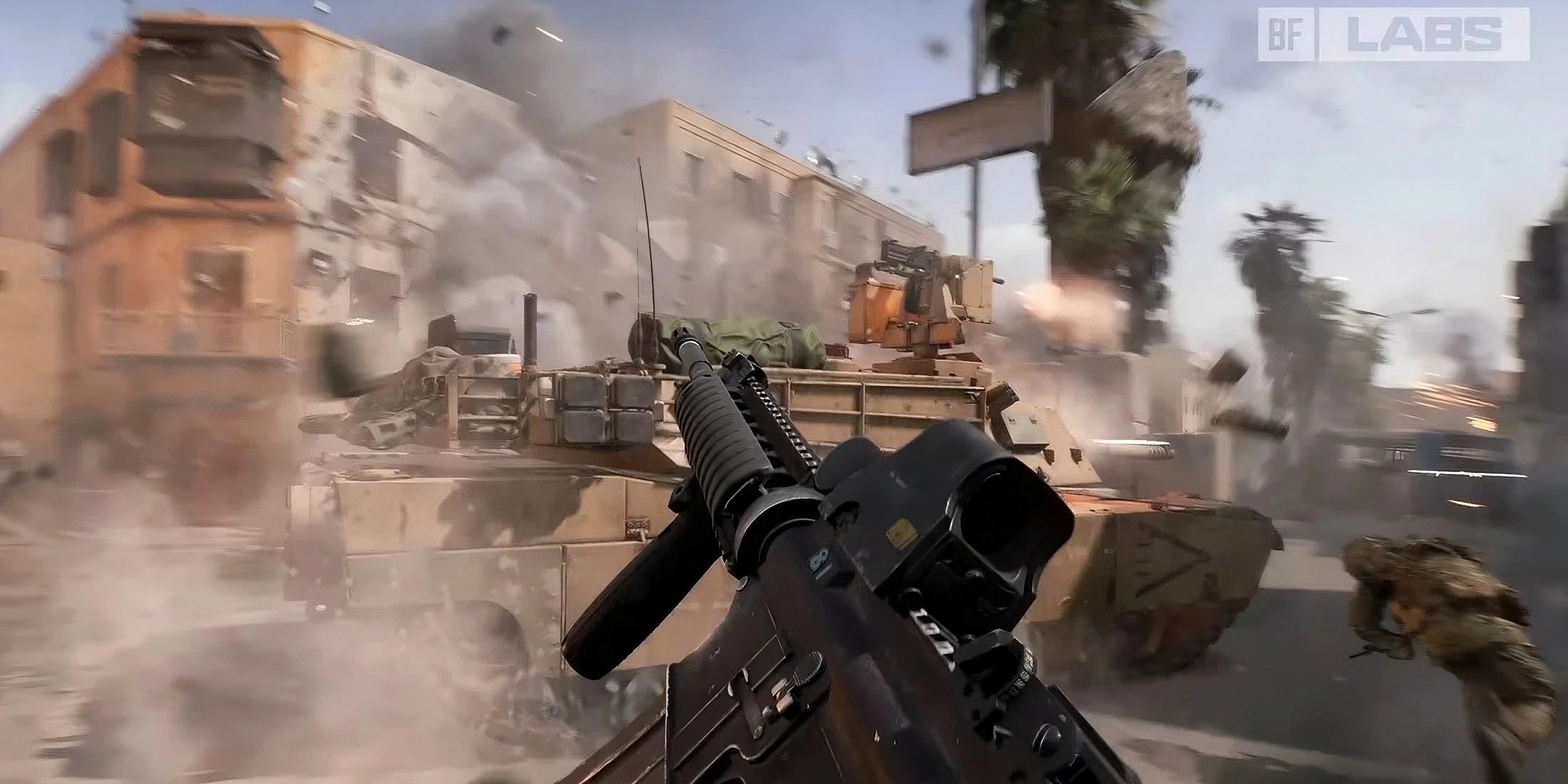
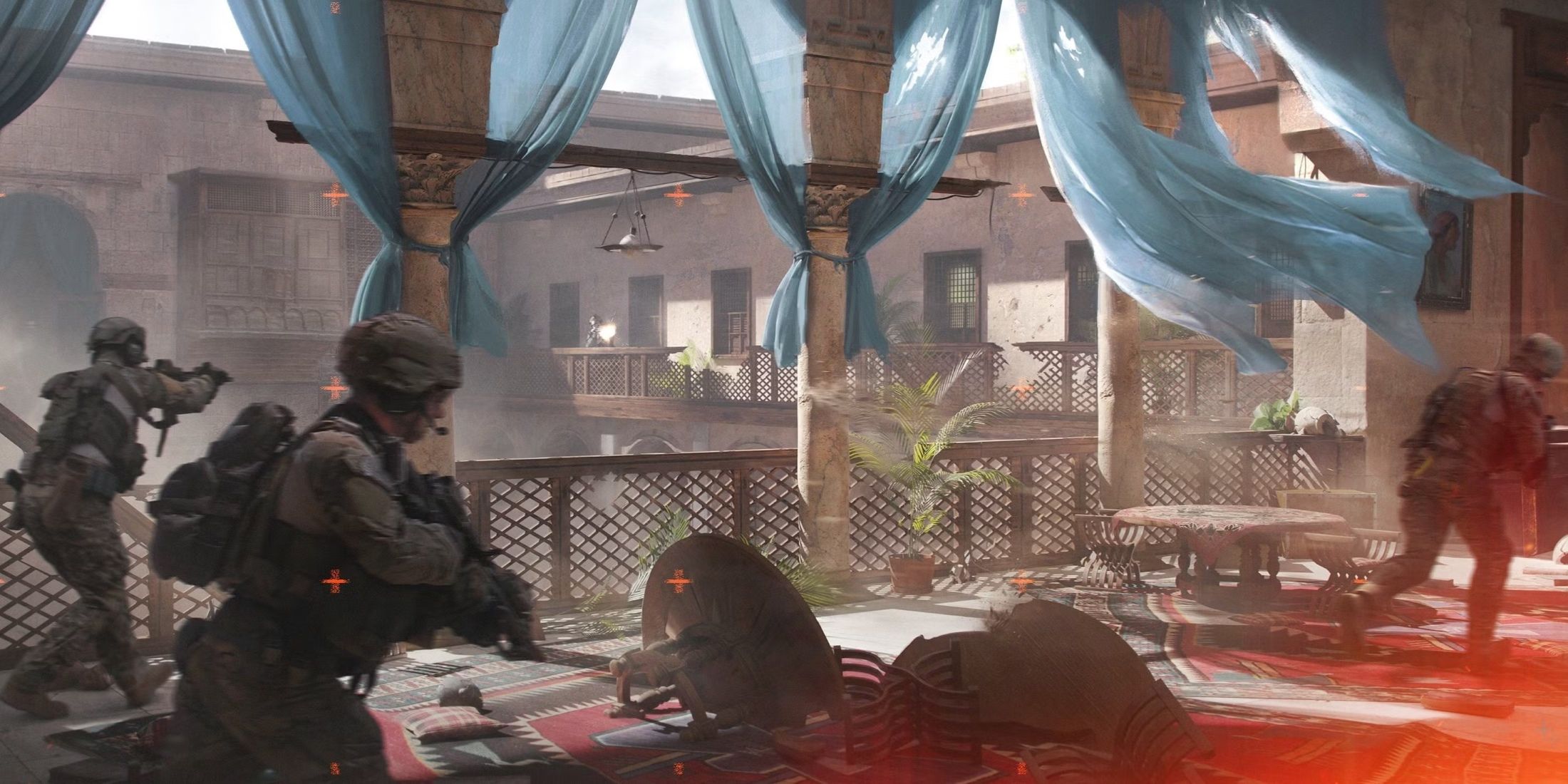
In a recent demonstration, DICE highlighted enhanced destruction features in Battlefield 6, showcasing how structures could crumble under gunfire and transform into diverse battlefields. This development not only aligns with the series’ tradition but also marks the first time that Battlefield integrates fully destructible environments seamlessly with large-scale combat. If this feature is applied across many buildings in the game, players can anticipate maps transitioning from confined urban areas to expansive landscapes of debris.
Destruction isn’t just about explosives; small-arms fire can cause damage to thinner walls and potentially create holes in stronger ones with persistent use. DICE appears to be returning creative control to players, which could be beneficial for those who feel the franchise has been losing its unique character. Battlefield 6‘s release date remains undisclosed, but further details and leaks are expected in the coming months, and so far, it looks quite promising.
Read More
- Top 8 UFC 5 Perks Every Fighter Should Use
- Tainted Grail The Fall of Avalon: How To Romance Alissa
- Tainted Grail: The Fall of Avalon – Everything You Need to Know
- Tainted Grail the Fall of Avalon: Should You Turn in Vidar?
- AI16Z PREDICTION. AI16Z cryptocurrency
- Nine Sols: 6 Best Jin Farming Methods
- USD ILS PREDICTION
- Delta Force: K437 Guide (Best Build & How to Unlock)
- One Piece Episode 1130: The Shocking Truth Behind Kuma’s Past Revealed!
- Rick and Morty S8 Ep1 Release Date SHOCK! You Won’t Believe When!
2025-05-02 14:39